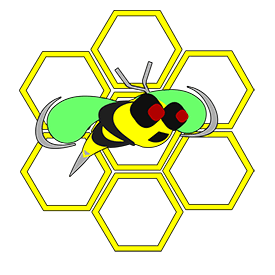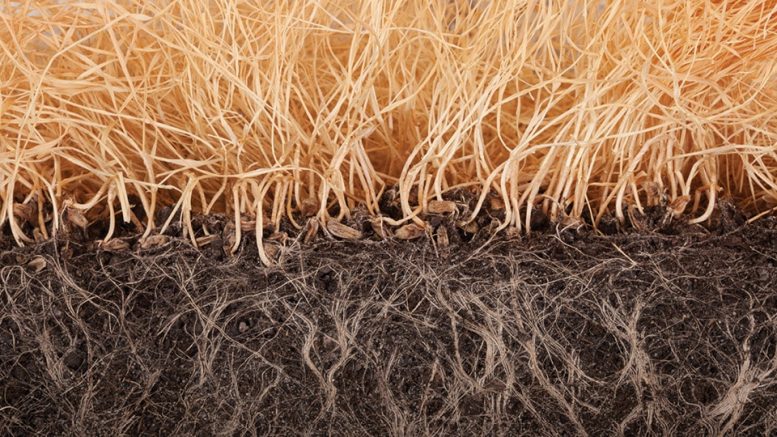- Your cart is empty
- Continue Shopping
The Importance Of Flushing
Within the world of cultivation, there seems to be debate over the topic of plant flushing. Opponents of the technique believe that flushing plants prior to harvest will rob them of vital nutrients — an obviously bad idea. On the other side of the divide, advocates proclaim that flushing frees the plants of excess nutrients and contaminants and leads to an overall higher-quality product.
In this article, we’ll explore the truth about flushing: Precisely what it is, why it’s so important for growers to flush their plants, and the best way to go about flushing for maximum benefit.
What Is Flushing And Who Should Do It?
Before we get into the reasons why flushing your plants is so important, we need to understand exactly what it is. Flushing involves watering your plants without any added nutrients for a period of time — anywhere from a day or two to a week or more, depending on your growing medium — prior to harvesting. The purpose of this is to allow the plants time to use up the nutrients that have already built up within them, thereby lessening the overall nutrient and contaminant load of the final product.
We recommend flushing for growers of all types, whether hydro, coco coir or soil — though the time period for flushing will vary, depending on the medium.
The Importance Of Flushing
Though some in the industry have argued otherwise, the importance of flushing your plants has been affirmed by the vast majority of serious growers. Most experienced cultivators have tried not flushing before harvest, which has caused them to experience first-hand the glaring difference in quality of the yield.You see, during the growing cycle, your plants store excess amounts of nutrients, salts and other compounds. If you don’t allow the plants a chance to dispose of these surplus compounds by flushing them before harvest, your final product will be much harsher and more bitter tasting. Failing to flush can also cause your product to suffer from other negative side effects, such as black ash and an unpleasant chemical taste and smell.
The truth is, not flushing nutrients before harvest can seriously compromise the quality of your high-value crops.
To Flush Or Not To Flush: Examining The Arguments For And Against
Despite the overwhelming majority of growers who understand the importance of flushing and have verified its benefits through their own practice, there are some who argue against it.
The anti-flushers make a few bold claims, including:
- Robbing plants of nutrients at any stage of the grow cycle is counterproductive and does not benefit growth in any way.
- Once nutrients are absorbed into the plant tissues, they are there permanently. The plant cannot expel them or use them up simply by denying it more nutrients.
- If flushing was in fact a beneficial practice, then plants grown in hydro would always taste better than plants grown in soil because soil cannot be effectively flushed.
- Withholding nutrients causes stress to the plants, which impedes growth rather than encouraging it.
- Flushing plants is “pseudoscience” that has not been supported or backed by any legitimate scientific studies.
Let’s address these anti-flushing arguments one by one.
- Flushing your plants does not involve robbing them off nutrients. On the contrary, it allows your plants the chance to use the excess nutrients they have accumulated throughout the grow cycle. When you feed your crops full nutrient loads right up until the time of harvest, they retain an overabundance of compounds that affect the quality of the final product — including its taste, smell and overall smoothness.It’s also important to note that the main purpose behind flushing is not to encourage substantial new growth — although, flushing can cause your crop’s floral blooms to swell, since plants are not expelling all their energy on nutrient uptake.
- Any grower who has experienced nutrient burn knows the argument that plants cannot expel excess nutrients holds no weight. Ask any seasoned cultivator how to fix nutrient burn and they will tell you: You need to flush your plants and allow them time to use up the excess nutrients.The same logic applies to pre-harvest flushing. You’re giving your plants just enough time to use up surplus nutrients, salts and other compounds.
- The argument that soil can’t be effectively flushed is simply illogical and just plain wrong. Plants grown in soil can be flushed — it just takes a longer period of time than flushing plants grown in hydro or coco.
- It’s true that withholding nutrients places stress on plants and causes them to increase defense compounds. However, in certain plants, the primary defense compounds are actually the most desirable constituents, so flushing before harvest can significantly increase the value of the final product.
- At Advanced Nutrients, we employ the largest team of Ph.D. botanists, microbiologists, entomologists, hormone specialists and organic chemists in the industry. These scientists are dedicated solely to studying cultivation best practices and are constantly conducting laboratory research. The notion that plant flushing is “pseudoscience” is simply absurd.
The Truth About Flushing
Flushing plants before harvest is indeed a beneficial practice. However, there is a right way and a wrong way to go about it. In truth, the anti-flushers make a valid point when they say that it can rob your plants of nutrients — IF you are flushing with just plain water.The fact is, flushing with plain water can cause your plants to lose some floral growth and resin percentages. This is why it’s critical that you use a quality flushing agent that is designed specifically for the type of plants you grow.
When it comes to a flushing agent, you want to be sure to use one that contains a range of chelates. Chelates are organic compounds that can bind with other chemicals and substances. During the flushing process, these chelates will attach themselves to the excess nutrients, salts and other compounds in your plants and force them out.
At the same time, your plants utilize the stored nutrients they need during these last few days and hours prior to harvest. A high-quality flushing agent will provide your plants the support they need through this process, along with assisting them in purging the excess compounds that you don’t want in your final product.
Timing Is Key: When To Flush Your Plants
Along with using the right flushing agent, you need to ensure you’re flushing at the right time in order to reap the maximum benefits of flushing. Use the following as guidelines for flushing prior to harvest:
- If you’re growing in soil, begin flushing between one and two weeks before harvest.
- If you’re growing in coco, flush your plants for up to one week prior to harvest.
- If you’re growing in hydro, your plants only need to be flushed for one to two days.
Of course, you’ll need to monitor your crops closely during the flushing process to ensure they don’t turn too yellow. Adjust your flushing times as necessary to find the ideal time for your plants.
Tags: flushing, flushing before concectrate, flushing bud, flushing cannabis, flushing weed, The Importance Of Flushing

